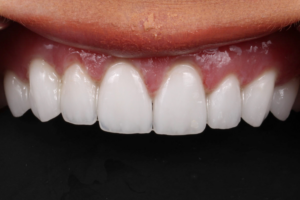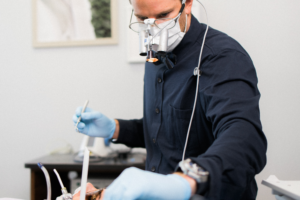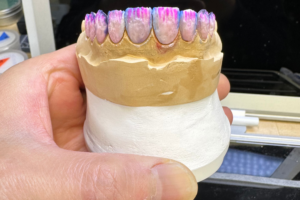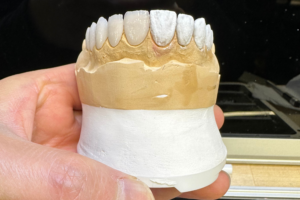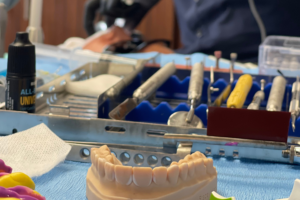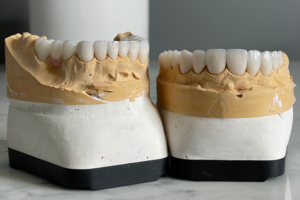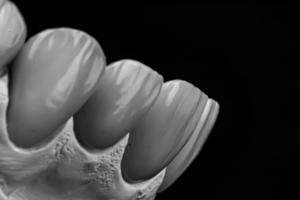 Cephalexin Resistance: Causes, Risks, Prevention
Cephalexin Resistance: Causes, Risks, Prevention
Why Cephalexin Fails: Bacterial Defense Mechanisms
Imagine an infection that sidesteps a trusted antibiotic; bacteria have evolved clever tricks. Some produce beta-lactamases that neutralize cephalosporins, others alter target proteins so drugs no longer bind. Mobile genetic elements shuttle resistance between strains, turning local problems into outbreaks.
Within a single patient, biofilms create protective communities that hinder drug penetration and expose persister cells tolerant to short courses. Mutations and gene acquisition can arise quickly under selective pressure, especially when antibiotics are misused or dosed suboptimally.
Laboratories reveal these mechanisms through susceptibility testing and genetic assays, yet surprises still occured when novel variants emerge. Understanding molecular defenses helps clinicians choose alternatives, refine dosing, and inform stewardship to reduce the risk that simple infections become difficult to treat in everyday clinical practice. Public health measures and education are essential to prevent further spread of resistant organisms and save lives.
Human Drivers Behind Rising Antibiotic Treatment Failures

Clinicians often reach for familiar drugs like cephalexin, and patient expectations push faster prescriptions. Overuse and short-term fixes select for resistant strains, creating a feedback loop: treatments fail, clinicians switch drugs, and resistance broadens across species.
Patients who stop antibiotics early or share leftovers contribute directly; many also recieve antibiotics without confirmatory tests in parts of the world. Inadequate dosing, poor adherence, and counterfeit medicines give bacteria repeated low-level exposure that encourages survival of the toughest.
Healthcare gaps — limited diagnostics, uneven stewardship, and agricultural antibiotic use — accelerate spread. Addressing human behavior, education, and policy is as essential as new drugs to break the cycle and preserve effective therapy. Global travel and urban crowding worsen transmission.
Clinical Consequences: When Infections Become Harder to Treat
An ordinary skin infection can turn into a medical odyssey when initial therapy fails. Patients given cephalexin may watch lesions persist or worsen, prompting repeated visits and broader-spectrum antibiotics; the emotional toll and mounting tests make the encounter feel more precarious than expected.
As bacteria resist common drugs, clinicians escalate care: hospital admissions rise, intravenous treatments replace oral pills, and diagnostic imaging or surgical drainage become necessary. Each step increases cost, risks of adverse effects, and exposure to resistant organisms, deepening the clinical challenge.
For vulnerable patients — elderly, immunocompromised, or with implants — treatment failure can lead to prolonged recovery, secondary infections, reduced function. Occassionally the search for effective therapy becomes urgent and resource-intensive.
High-risk Populations and Settings Promoting Drug Failure

Elderly patients in long-term care and immunocompromised individuals often face infections that evolve despite standard therapy. Stories of cephalexin failures highlight hidden vulnerabilities and mounting microbial cleverness year by year.
Children with recurrent ear or skin infections, hospitalized patients with invasive lines, and those on broad-spectrum antibiotics provide fertile ground for resistant strains to emerge rapidly and spread between hosts.
In overcrowded wards and community settings, treatment failures occured when empirical choices miss susceptibilities. Targeted diagnostics, infection control, and stewardship can reverse trends and protect vulnerable people in every setting.
Laboratory Tests and Stewardship Tools Guiding Therapy
In a busy ward a sputtering case becomes a teaching moment: a urine culture grows E. coli and susceptibility testing shows resistance to cephalexin, prompting clinicians to wait for MICs and PCR panels rather than guess. Rapid diagnostics — MALDI‑TOF, PCR, and phenotypic assays — shrink uncertainty, while cumulative antibiograms reveal local trends. Stewardship tools such as electronic decision support, preauthorization, and audit-with-feedback help translate lab data into smarter empiric choices.
Together, these systems let teams personalise therapy: start broad if needed, then narrow when tests arrive, shorten durations based on response, and avoid unnecessary oral cephalexin in resistant strains. Dashboards, order sets, and pharmacist-led review make de-escalation routine, reducing harm and resistance selection. Clinicians must recieve timely reports and act on them; education and feedback close the loop, turning laboratory signals into safer patient outcomes and save more lives.
Practical Prevention: Stewardship, Hygiene, Vaccines, and Alternatives
Clinicians must pair strict stewardship with clear communication: audit prescribing, avoid unnecessary cephalosporins, and educate patients about durations. Teh benefits ripple across communities to reduce resistance and readmissions. MedlinePlus NHS
Community measures — handwashing, wound care, and vaccination — cut infection incidence, lowering antibiotic pressure. Consider narrow-spectrum agents, delayed scripts, and alternatives when clinically appropriate to preserve future treatment options. DailyMed PubMed
Hospitals should track resistance, use rapid diagnostics to guide therapy, and support vaccine campaigns; public education reduces demand for antibiotics, helping maintain cephalexin's usefulness and protect future patients. PubChem DrugBank



